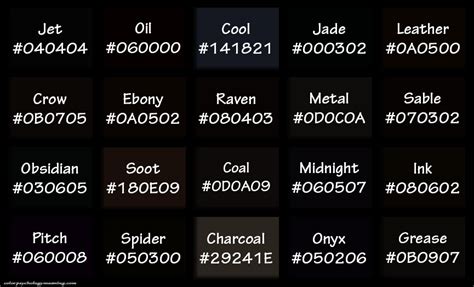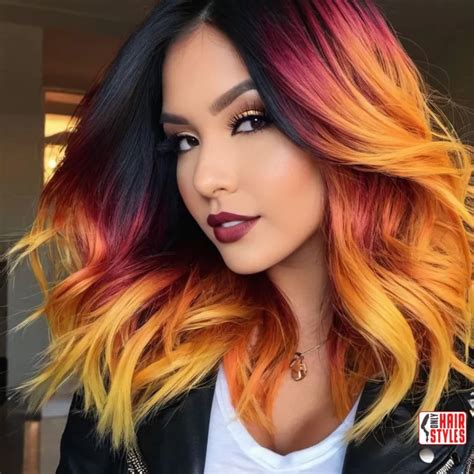What is Hair Ombre Color?
Hair ombre is a hair coloring technique that involves blending two or more colors from dark to light, typically starting with a darker shade at the roots and gradually transitioning to a lighter one at the ends. This creates a subtle, graduated effect that adds depth and dimension to hair.

Types of Hair Ombre Color
1. Classic Ombre: The most popular type, where the transition is gradual and the colors blend seamlessly.
2. Reverse Ombre: Also known as “sombré,” this technique starts with lighter roots and transitions to darker ends.
3. Root Smudge Ombre: A subtle variation where the roots are slightly darkened to create a more natural look.
4. Partial Ombre: Only a portion of the hair is colored, typically the ends or mid-lengths.
Why Does Hair Ombre Color Matter?
1. Versatility: Suits various face shapes, hair textures, and lengths.
2. Low Maintenance: Unlike highlights, ombre requires less frequent touch-ups as the roots grow in naturally.
3. Damage Mitigation: The technique typically uses milder bleach and coloring agents, minimizing damage to hair.
4. Stylish and On-Trend: A highly sought-after hair trend that adds a touch of sophistication to any look.
Choosing the Right Hair Ombre Color
1. Skin Tone: Warm skin tones complement golden and caramel shades, while cool skin tones suit ashy and cool-toned colors.
2. Natural Hair Color: Consider the natural depth and undertones of your hair.
3. Personal Style: Choose colors that align with your individual aesthetic preferences.
How to Achieve Hair Ombre Color
1. Prepare Your Hair: Wash and towel-dry your hair.
2. Section Your Hair: Divide your hair into sections to facilitate application.
3. Apply Bleach: Apply bleach to the desired area, avoiding the roots for classic ombre.
4. Tone Your Hair: Once the bleach has lifted the hair, apply a toner to neutralize any unwanted brassiness.
5. Condition Your Hair: Deep conditioner to replenish moisture and protect against damage.
Benefits of Hair Ombre Color
1. Creates Depth and Dimension: Adds a subtle gradient to hair, enhancing its visual appeal.
2. Flattering for All: Suits different face shapes, hair types, and personal styles.
3. Low-Maintenance: Requires less frequent touch-ups compared to other hair color techniques.
4. Stylish and Modern: A trendy and fashionable look that keeps you up-to-date with the latest hair trends.
Creative Applications of Hair Ombre Color
1. Ombre Highlights: Add subtle streaks of ombre color to create a natural, sun-kissed effect.
2. Ombre Balayage: A freehand painting technique that mimics natural hair color graduation.
3. Ombre Babylights: Tiny, soft ombre highlights that give hair a youthful and radiant appearance.
4. Ombre Extensions: Create a dramatic ombre effect by adding hair extensions in contrasting colors.
Vital Statistics
- According to the American Hair Loss Association, over 50 million Americans suffer from hair loss.
- The global hair care industry is valued at over $100 billion, with hair coloring a major contributor.
- A study by the International Journal of Cosmetic Science found that ombre hair color significantly improved hair appearance and satisfaction.
Conclusion
Hair ombre color is a stylish, versatile, and low-maintenance hair coloring technique that enhances hair’s depth, dimension, and style. By following the steps outlined in this guide, you can achieve the perfect ombre color that complements your individual features and preferences. Remember to consult with a professional hairstylist to ensure the best outcome and minimize any potential damage.
